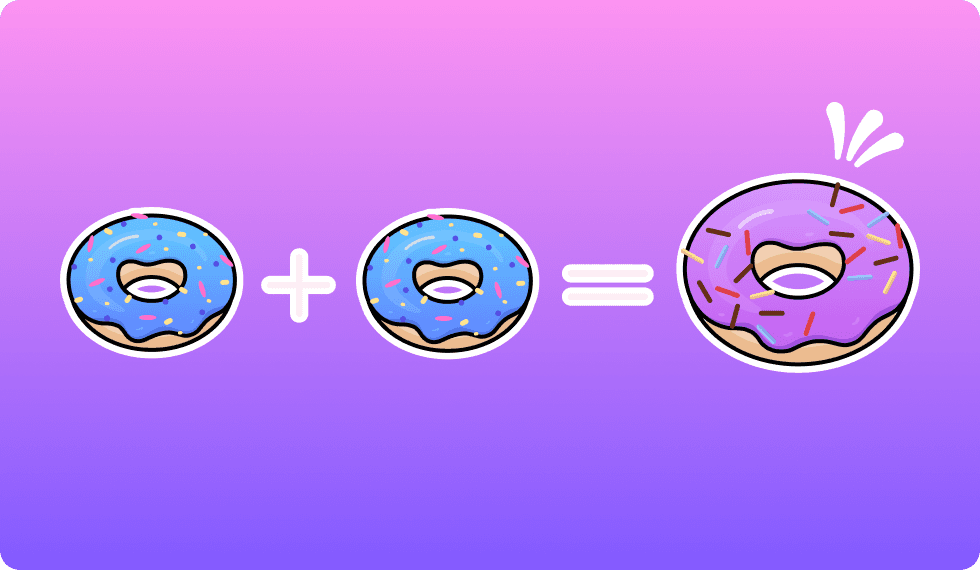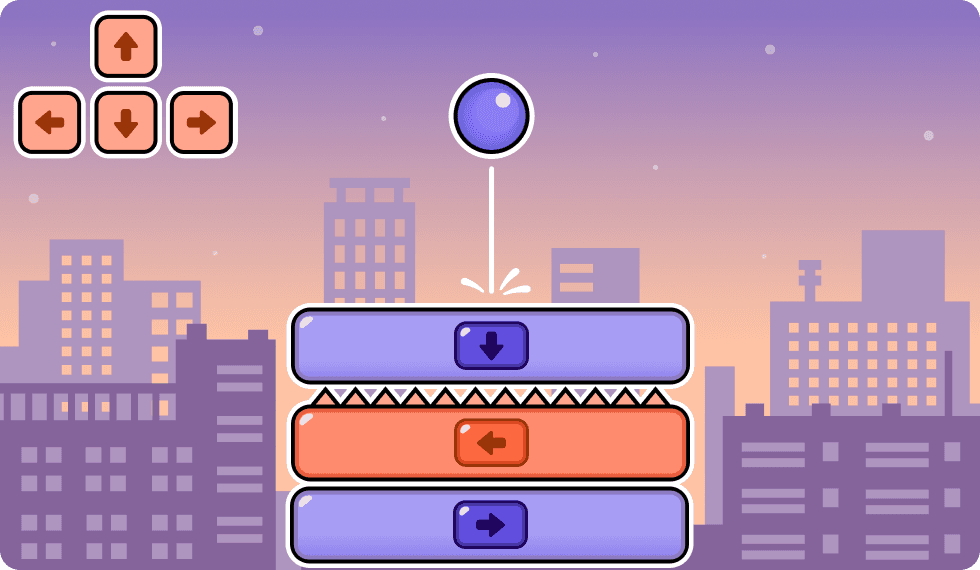Digital Technologies
in WA
Digital Technologies
in WA
Digital Technologies
in WA
Pico Coding is aligned with the Digital Technologies learning area of the Western Australian Curriculum (Australian Curriculum Version 9.0)
Pico Coding is aligned with the Digital Technologies learning area of the Western Australian Curriculum (Australian Curriculum Version 9.0)




Curriculum alignment
Curriculum alignment
Curriculum alignment
Discover how Pico meets students' learning outcomes
Discover how Pico meets students' learning outcomes
Topic
Code
How Pico meets learning outcomes
Pico alignment
Digital systems
ACTDIK014
Students learn about how the Internet transmits data and how AI checks for correctness of coding solutions.
Partially meets
Representation of data
ACTDIK015
Students learn about data representations via creating and storing information in variables, through Pico contents including Dragon, Rocket and Potions.
Meets
Collecting, managing and analysing data
ACTDIP016
Students learn to sort, interpret and present various data structures, including arrays, objects, and x and y coordinates, through Pico contents including Fruitopia, Smiley and Jungle.
Meets
Digital implementation I
ACTDIP019
Students learn to thinking algorithmically, using conditional branching and for loops to build out game logic, through Pico contents including Bubbles, Sphera and Fishing.
Meets
Digital implementation II
ACTDIP020
Students learn to implement algorithms using conditional statements, loops and use event driven programming to handle user inputs, through Pico contents including Galaxy, Arrows, Sphera and Bubbles.
Meets
Digital implementation III
ACTDIP022
Students learn to communicate and collaborate on designs and animations using coding, through Pico contents including Fireworks and Planets.
Partially meets
Investigating and defining I
WATPPS33
Students learn to design the user interface for common digital solutions such as a painting program, then following steps to implement a working solution, through Pico contents including Picasso and Kaleidoscope.
Meets
Investigating and defining II
WATPPS34
Students learn to identify relevant and available resources to develop programs, designs and common digital utilities.
Partially meets
Designing
WATPPS35
Students learn to communicate in technical terms, including adhering to coding syntax, and using coding terminologies to explain their solutions.
Meets
Producing and implementing
WATPPS36
Students learn to use appropriate digital tools to create their own inventive digital solutions.
Partially meets
Evaluating
WATPPS37
Students learn to plan, communicate and collaborate on designing animations and digital artworks, through Pico contents including Fireworks, Balloons and Shield.
Meets
Collaborating and managing
WATPPS38
Students learn to use appropriate resources and feedback to develop digital solutions and communicate design ideas.
Meets
Topic
Code
Pico alignment
Digital systems
ACTDIK014
Partially meets
Partially meets
Representation of data
ACTDIK015
Meets
Meets
Collecting, managing and analysing data
ACTDIP016
Meets
Meets
Digital implementation I
ACTDIP019
Meets
Meets
Digital implementation II
ACTDIP020
Meets
Meets
Digital implementation III
ACTDIP022
Partially meets
Partially meets
Investigating and defining I
WATPPS33
Meets
Meets
Investigating and defining II
WATPPS34
Partially meets
Partially meets
Designing
WATPPS35
Meets
Meets
Producing and implementing
WATPPS36
Partially meets
Partially meets
Evaluating
WATPPS37
Meets
Meets
Collaborating and managing
WATPPS38
Meets
Meets
Code
Pico alignment
ACTDIK014
Partially meets
Partially meets
ACTDIK015
Meets
Meets
ACTDIK016
Meets
Meets
ACTDIK019
Meets
Meets
ACTDIK020
Meets
Meets
ACTDIK022
Partially meets
Partially meets
WATPPS33
Meets
Meets
WATPPS34
Partially meets
Partially meets
WATPPS35
Meets
Meets
WATPPS36
Partially meets
Partially meets
WATPPS37
Meets
Meets
WATPPS38
Meets
Meets
See Pico in action
See Pico in action
Discover how our contents meet students' learning outcomes
Conditional logic
Learn conditional logic through merging donuts
Learn conditional logic through merging donuts
Learn conditional logic through merging donuts
Donuts is a fun merge game where students combine donuts to create the ultimate rainbow donut while learning important coding concepts! They’ll start by using built-in functions to set up the game. As they merge donuts, they'll apply conditional logic to see how their choices affect the game.






User input
Learn user input through arrow challenges
Learn user input through arrow challenges
Learn user input through arrow challenges
Arrows is a fast-paced reaction game where students slide blocks off one by one using the arrow keys that match the direction of the top block. Students will learn how to respond to user input and keyboard events. They’ll use conditional logic to build the basic mechanics of the game, mastering how to slide blocks using the keyboard's arrow keys.
See Pico in action
Discover how our contents meet students' learning outcomes
Hundreds of activities to learn from
Get ready to experience hours of fun
Hundreds of activities to learn from
Get ready to experience hours of fun
Hundreds of activities to learn from
Get ready to experience hours of fun




















